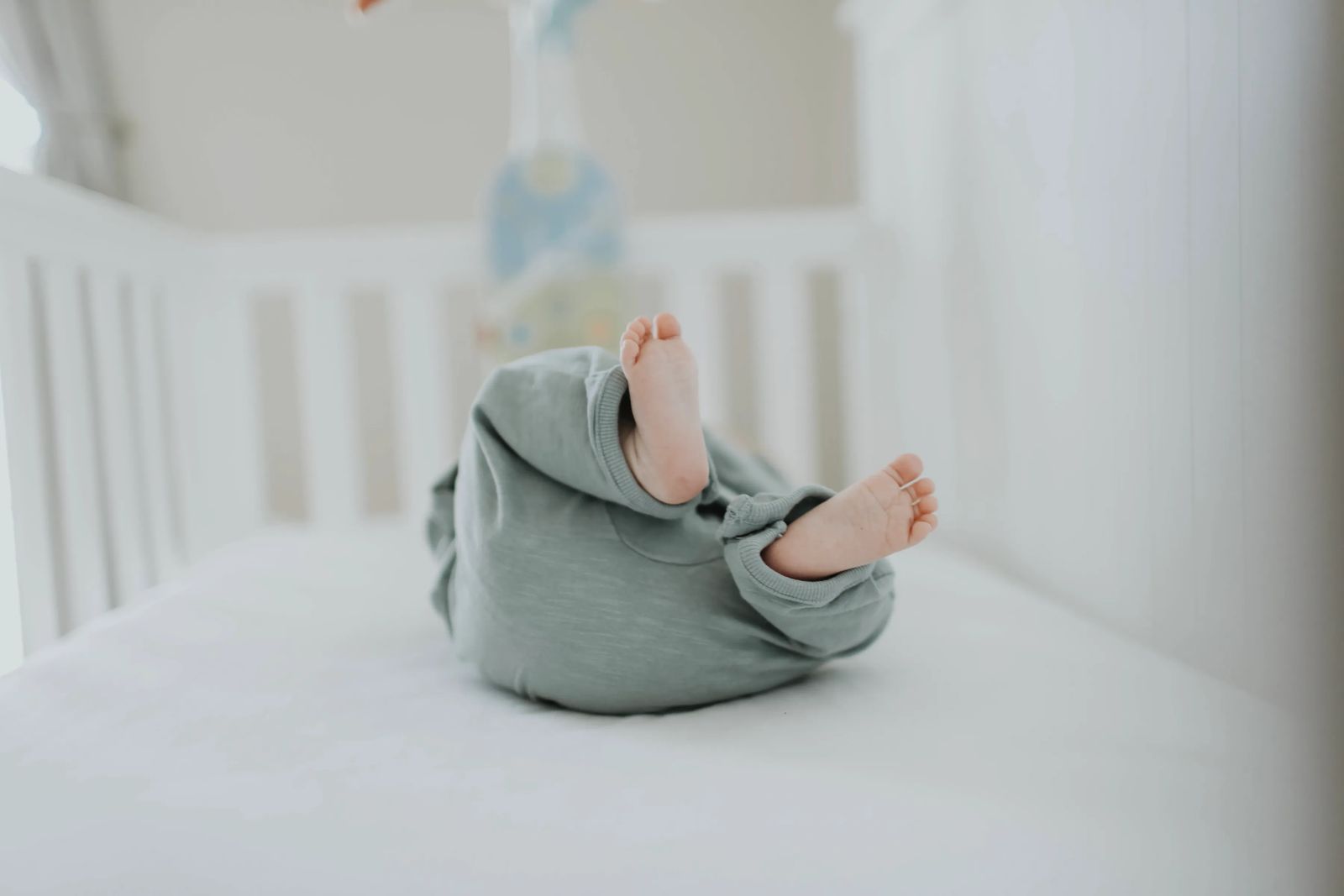
Tips for Transitioning from Co-Sleeping to Crib
July 16, 2020 | by carol evenson, guest contributor
When you first bring your little one home, you feel tempted to keep them by your side for every moment, not wanting to miss a thing. After some time has passed, you may be considering the best sleeping situation for all of you. This may mean transitioning your little one out of a co-sleeping situation to a crib. This is a huge step for all of you and may be a bit of a battle for your family. Consider these tips on making the transition from co-sleeping to crib, so that you can all be on your way to getting better sleep.
Temperature
Temperature can play a significant role in your child’s ability to adjust to their new sleeping arrangements. If they are too warm or too cold, this can lead them to not being able to fall or stay asleep, and in extreme cases can leave your little one more susceptible to Sudden Infant Death Syndrome. To keep your baby cozy, consider layers that are breathable but also offer warmth, like fleece fabric. This can offer a comforting layer as they fall off to sleep.
Diapers
Your choice of diapers can also influence your baby’s ability to sleep. While most parents know that a child with a wet or soiled diaper is likely to be uncomfortable and stay awake, you may not realize the level of moisture-wicking that diapers offer. Nighttime diapers are designed to wick away moisture from your little one so that they can spend longer amounts of time in a dirty diaper without discomfort which is the perfect feature for babies and bedtime.
Full Bellies
When babies are very tiny, they need to feed frequently and this will wake them throughout the night; however, as your baby ages, feedings will be spread out over longer periods. If your little one is waking up, make sure that they are fully fed, as a hungry belly serves as the perfect alarm clock to stir your little one. If you are concerned about feeding, consult your pediatrician who can also help shed some light on this area and strategies that you can try.
Light
Unsurprisingly, light has a major effect on one’s ability to fall asleep and stay asleep. Light has a natural way of interrupting sleep cycles, and this can be even more impactful for babies. Sleep cycles in infants may be irregular or easily disrupted as it is, so consider blackout shades that can block light from getting in and disrupting your little one’s slumbers.
Gradual Transition
Many parents don’t realize the challenges of transitioning to crib sleeping until they have to make the transition themselves. This can be a big change for you and your little one, so make the transition from co-sleeping to cribs gradually. You can try starting with naps and then alternating nights until you have made the full transition.
Consistency
Consistency will play a big part in making this adjustment. Make sure that you have created a sleep routine for your wee babe and stick to it as you make the transition. If you typically have a bath, read a book, and have a bottle, continue this routine even as you change the location of where they lay their head at night. Most importantly, make sure that you and your partner are on the same page as parents and uphold this level of consistency.
Patience
One of the most important aspects of adjusting to this new sleeping situation is patience. There will be moments when it feels like none of you will ever get a solid night’s sleep ever again, but like all stages and phases, this won’t last forever.
Making the move from co-sleeping to the crib can be a jarring step for parents and children alike, but by putting into action a few tips and tricks, you can navigate this process more easily. Keep in mind that you are making the right choice for the entire family, and this will lead to a better night’s rest for all of you.





